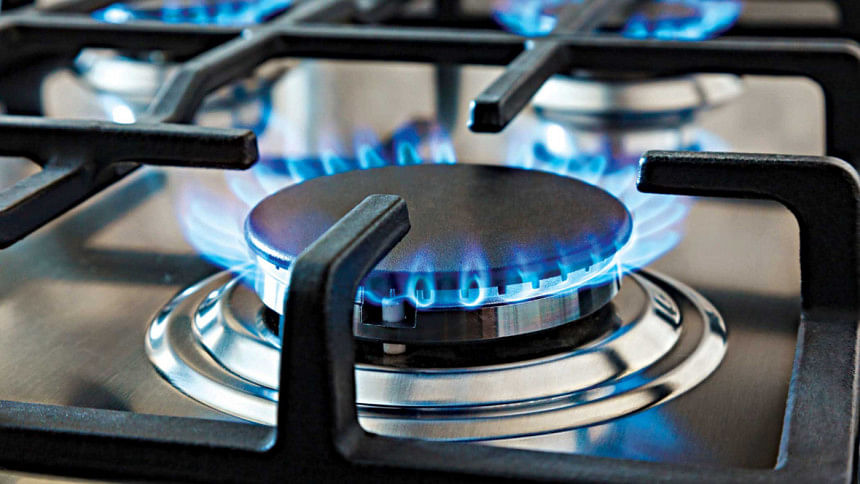Gas crisis choking ceramics makers

The persistent gas crisis in Bangladesh has been severely hindering the nation's ceramics industry over the past three to four months, leading to a roughly 20 percent drop in overall production quality in the sector.
There are currently 68 establishments in the local ceramics sector, the market for which is worth over Tk 7,000 crore, according to industry people.
These manufacturers are largely reliant on gas-fired kilns, which offer precise temperature control, thereby reducing energy consumption and enhancing product quality.
However, only 80 percent of the manufactured products are reaching the quality threshold at present due to the gas crisis, with the rest being discarded as waste.
This greatly increased the cost of production, which was already spiralling due to hikes in gas prices, and the depreciation of the local currency against the US dollar.
"The cost of gas increased by 136 percent during the last year. Meanwhile, we could only increase the price of the products by 10 percent, that too across two phases," said Md Mamunur Rashid, senior vice-president of the Bangladesh Ceramic Manufacturers and Exporters Association (BCMEA).
At the same time, costs for raw material imports, which account for 40 percent of the expenses for ceramic manufacturers, also shot up as dollars got costlier.
However, despite production costs increasing abnormally, manufacturers could not increase the prices of their products since ceramic goods are not essential, he said.
As such, increases in the price of ceramic products could lead to a drastic reduction in sales. Besides, it is not possible to put that burden on the shoulders of customers, added Rashid, also additional managing director of X Ceramic Group.
Nearly all 68 factories in the ceramics sector have been suffering from an acute gas crisis for more than a year. Among them, 11 factories located in Gazipur have been the hardest hit.
According to Rashid, factories have not been getting uninterrupted gas at the required pressure, which is significantly hindering the production process.
He added that utility charges accounted for around 20 percent of the cost of production for ceramic manufacturers because furnaces require 24 hours of uninterrupted gas supply to produce high-quality products.
If a factory gets 24 hours of uninterrupted gas supply, it can produce 90 to 94 percent of products that fall in the "A" category.
However, standards are falling fast due to the gas crisis, with only 80 percent of products now falling into the top category.
Consequently, the volume of waste has increased and production costs are climbing.
When the gas pressure drops, any product inside the furnace is destroyed immediately, Rashid said. If that happens, it takes 48 to 72 hours to restart the furnace, he added.
The ceramics industry is considered an import substitute sector, saving foreign exchange through 65 percent value addition, he added, urging for uninterrupted gas supply at the required pressure to save the industry.
According to Rashid, there is at least Tk 20,000 crore gross investment in this sector, which caters to around 85 percent of local demand.

 For all latest news, follow The Daily Star's Google News channel.
For all latest news, follow The Daily Star's Google News channel. 







Comments